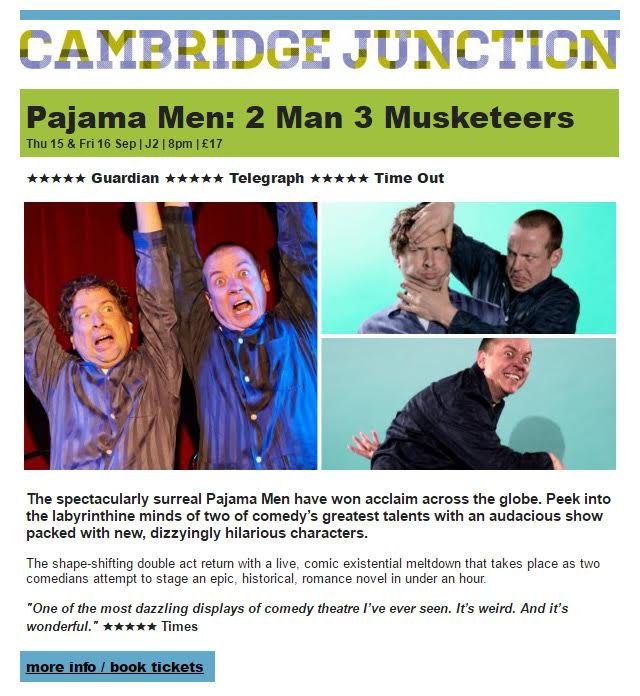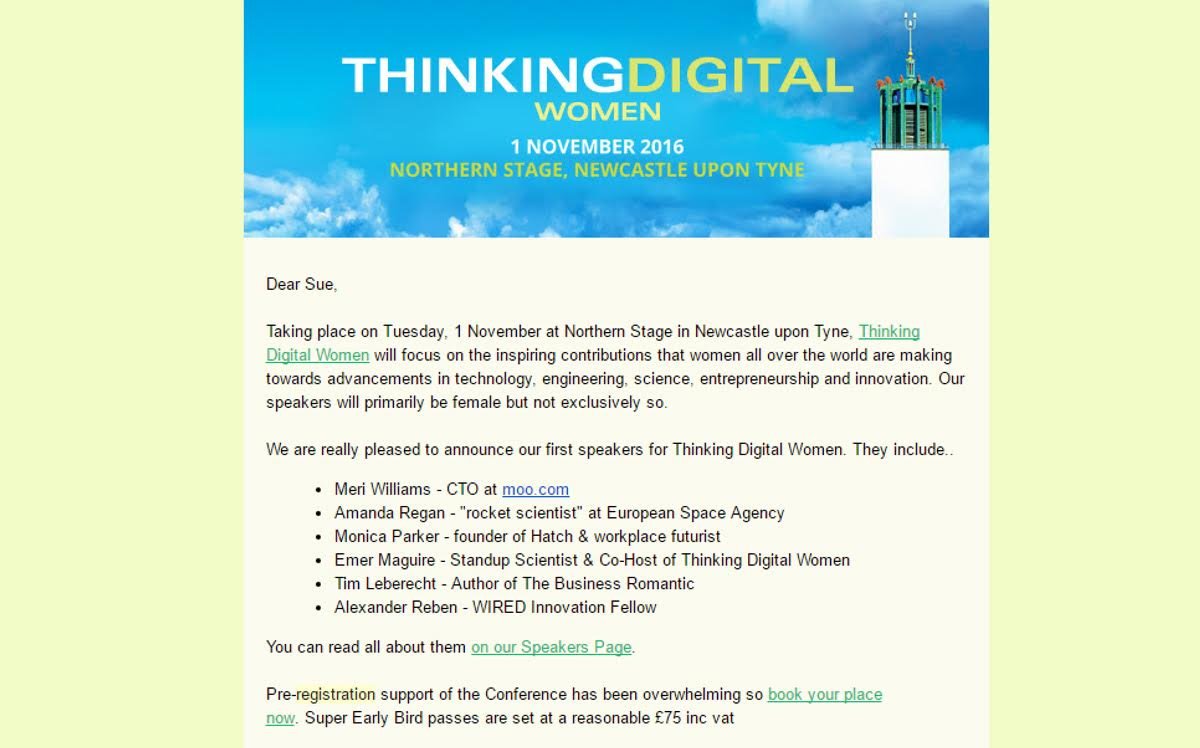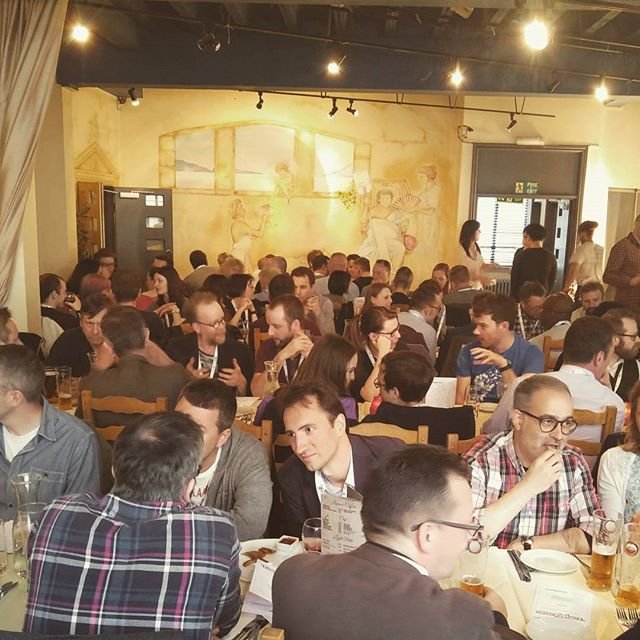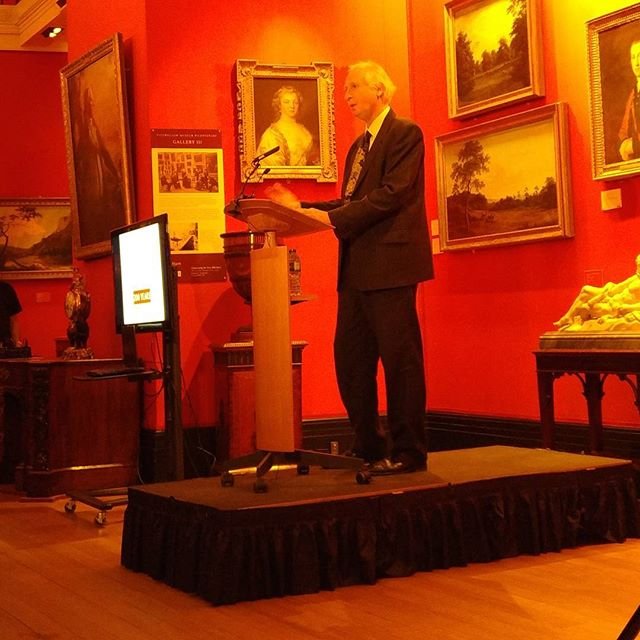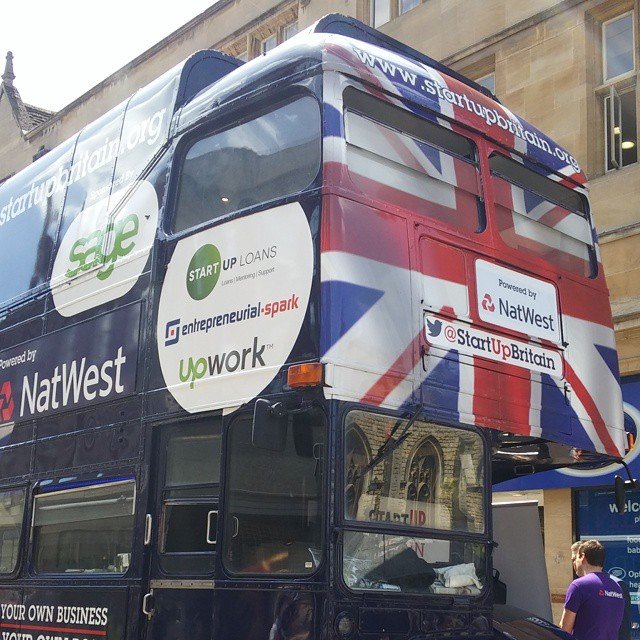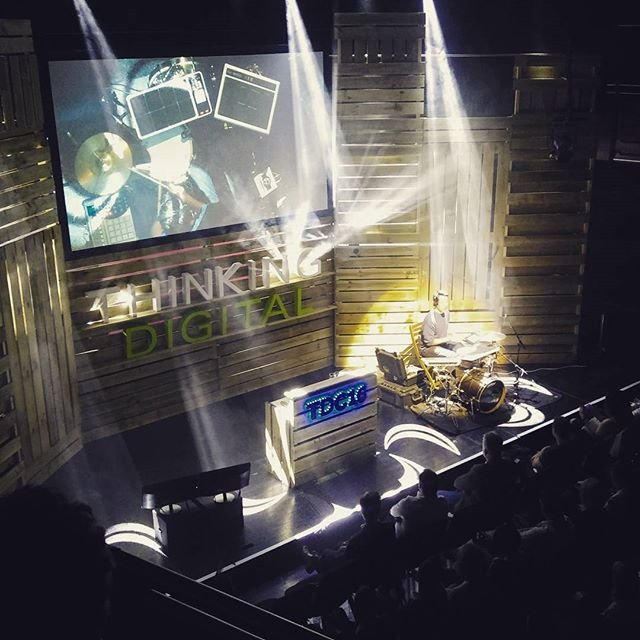The digital tricks that events organisers miss!
Running events nowadays is made so, so much easier through modern communications and tools like Eventbrite and Meetup. But so many organisers miss obvious opportunities to attract more attendees and give them the information they need to help the whole thing go smoothly.
What are the digital tips and tricks you should be using?
You’ll often bump into the Sookio team out networking or scribbling notes at conferences. Sometimes we run events ourselves, like our Masterclass series on straight-talking social media or our #RunDMSue workshops. I speak at events too, which gives me another insight into the way they're run.
And it seems so often that event organisers are missing a trick when it comes to making the most of the digital tools at their disposal. Take a look at our tips for making your next event a success!
What should you do before the event?
1. Put the date, time and location on every single piece of communication. If the venue changes for some reason, you really can’t tell people enough. There'll always be someone who goes to the wrong venue and has a terrible evening, and you don't want that.
2. Front-load the heck out of all your communications. And by that I mean put the essential info first so people don't have to hunt around.
See how the Copy Cabana homepage tells you straight away what the event is, where it's taking place, and the date - so you can get it straight in the diary. No need to scroll down. It’s clear, direct communication that gives you the feeling that the event will be well run too.
We like how the Cambridge Junction website places essential, up-to-date information right at the top of the page, plus some 5-star reviews to encourage you to book. Thinking Digital's email marketing is also particularly effective, with its key info in the banner and body text, and bullet points which make the information easy to read at a glance.
3. Send all attendees a reminder a couple of days before the event. This is your chance to answer all those questions they've only just started pondering. Like...
Is there parking? What’s the nearest Tube? Is it a Sunday, meaning - oh no - there might be rail replacement bus services?
Is there anything they need, like their laptop or photo ID to get into the building?
When you say a 9am start, does it start bang on 9am or is there half an hour of registration and coffee first?
Where’s the venue again? Are there roadworks, awkward turnings or problems with the postcode that means the satnav always takes people to the wrong place?
4. Use the tools at your disposal and make sure the information on your channels is consistent and up to date. This could be:
Eventbrite and Meetup for managing the event. (Tip! People love early bird ticket prices. Getting lots of people to sign up early is a Very Good Thing)
Mailchimp or another email marketing tool so you can encourage people to book (and offer them enticing, exclusive offers)
Social media for event promotion
An event website full of clear, simple information.
5. Promote the speakers. Are you paying them? No, thought not. So the least you can do is boost their profile a bit!
Get them to send you a good quality photo and biog, and mention their website and Twitter handle frequently before, during and after the event. Maybe they have some interesting blog posts you could be sharing too. Give them some love, they'll thank you for it.
6. Decide on the hashtag for the event and use it regularly, so people are familiar with it before the day. Put it on the website, use it on social media and in all event promotion.
If people know the hashtag, they'll use it. Like we did when we went to Silicon Beached London last month.
Flip-flops* on, mojito** in hand, all set for @SiliconBeachUK #sbldn
— sookio (@sookio) March 22, 2017
*nice warm coat **cup of tea
7. Get the speakers to send you their slides a week before the event so you can check everything works and get it loaded up onto a laptop. Actually two laptops. A USB stick. In the cloud. You know, just to be certain.
8. Social media is great for broadening your pool of possible speakers. The problem is that the people who push themselves forward are not always the people with the most interesting things to say – but how do you get to the others?
With our Masterclass events for example, as well as contacting people I already knew, I rummaged round LinkedIn and looked at people’s job descriptions, or approached people via Twitter. I looked at the work that impressed me and found out who was behind it. You could also put out a #callforspeakers on Twitter and ask your connections to recommend people who they think will be good.
9. Create an event on Facebook so people can say they’re going, which will be seen by their connections and encourage more sign-ups. Once it's created, you can keep it updated with pictures and announcements about new speakers.
The V&A do this with all their events (right) and it's a great complement to their other marketing activities, like flyers and mailshots.
10. Start creating assets. These could be pictures of the venue, your suitcase while the team are getting packed, or the goody bags you’re putting together. You can share these on Instagram and Twitter, and create an event album on Facebook.
On the morning of the event
11. Get on Instagram and Twitter and start sharing images. Follow @TEDx_official on Instagram for examples of how this can be done well.
You might want to capture...
your walk or drive through the city and the venue at sunrise
your first cup of coffee
everyone setting up (get lots of branding in the shot)
what's for lunch - people are always thinking about their stomachs.
12. Look at the event hashtag and find out who’s coming; tell them you can’t wait to see them. Share their posts on your own Twitter feed to help people connect before the day begins, and look out for glowing praise that you can share when everyone's on the train home later.
13. Display the wifi code and hashtag everywhere. Particularly in the entrance and in places where people congregate, like near the coffee. This massively increases the likelihood of them tweeting about the event you’ve worked so hard to put on.
14. Check the tech, check the tech, check the tech. Nothing kills the atmosphere – or the speaker’s nerves – more than that deadly pause and the question, “Um, do you think you can manage without the slides?”
On the day
15. Before kick-off and in breaks, display a holding slide that includes the event branding, wifi and event hashtag. Not only are you giving people the essential information they need, but your branding will be included in all the pictures people take as they come in.
16. While you’re introducing the next speaker, always have a slide showing clearly:
their name
a short description or job title
their Twitter handle
wifi code
event hashtag.
17. Encourage speakers to put their Twitter name and event hashtag at the footer of all their slides too.
Points 15, 16 and 17 are really important! How many times have you missed half of what the speaker is saying because you’re trying to work out who they are and how you can find them on Twitter?
For the speaker this isn’t much fun either – looking out at a room full of people frowning at their phones doesn’t instil you with confidence!
18. Get live tweeting. You don’t have to do a blow-by-blow account, but it’s good to do a tweet about each speaker. If you’re dashing around yourself – don’t worry! You can share tweets from people in the room. They like that – it means they might pick up new followers.
19. Take plenty of photos! You can share these too. There’s also Instagram video, Facebook Live, Boomerang…so many to choose from.
Here are some we've taken at events like Silicon Beached, e-Luminate, Startup Britain, Thinking Digital and the Cambridgeshire Digital Awards. We've been able to use them on all our different social media channels and many were retweeted by the events organisers too.
After the event
20. Update the Facebook album with all your lovely pictures. Don’t forget to tag people and the venue too, and they might share them on their own networks!
21. Create a Storify – perhaps of a speaker who was particularly strong, or of the whole event. We did that recently ourselves, with David Schneider’s excellent talk on Twitter at a social media marketing conference.
22. Remember your manners and use good old-fashioned email to say thanks to the speakers, venue and anyone else who may have helped out. Why not be even more old-fashioned and send a gift through the post. Not only will this give everyone a warm glow, but they might take a pic and Instagram or tweet it too!
23. Send an email to all attendees saying thanks for coming along. Include links to the photo gallery from the day and to blog posts you and others have written, plus an enticing discount code for the next event if they sign up now. You can do all this via Eventbrite.
24. Create a feedback survey, using something like Survey Monkey, and include it in the email. This helps you unearth all the little niggles that people were too polite to tell you about on the day, so you can fix them for next time. You can ask for suggestions of good topics or speakers too, so you’re not just relying on your own networks.
Can I have a moan? I was left feeling so grumpy after a conference recently. Lunch didn’t start until 1.45pm, but they didn’t even put food on, and the break was way too long anyway, which meant I had to leave to catch a train before it finished. I didn’t want to whinge on social media – but I DID want to tell the organisers how disappointed I was. But they never asked.
So I just won’t go next time and won’t encourage anyone else to either. A simple request for feedback would have helped me get this out of my system and feel more positive towards the organisers.
25. Update all your biography information – on your website, on your social media channels. The event isn’t coming up, it’s now past, and you should start talking about the next one. OK, maybe sit down and have that well-earned beer first!
Need help with the digital marketing strategy for your events? Get in touch now and we'll get a plan in place to make sure it all runs smoothly.


